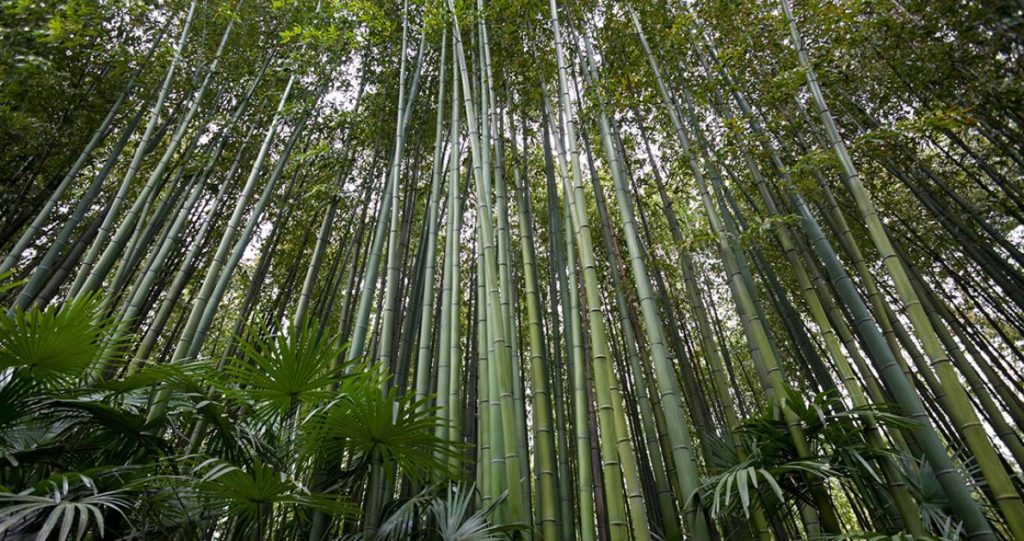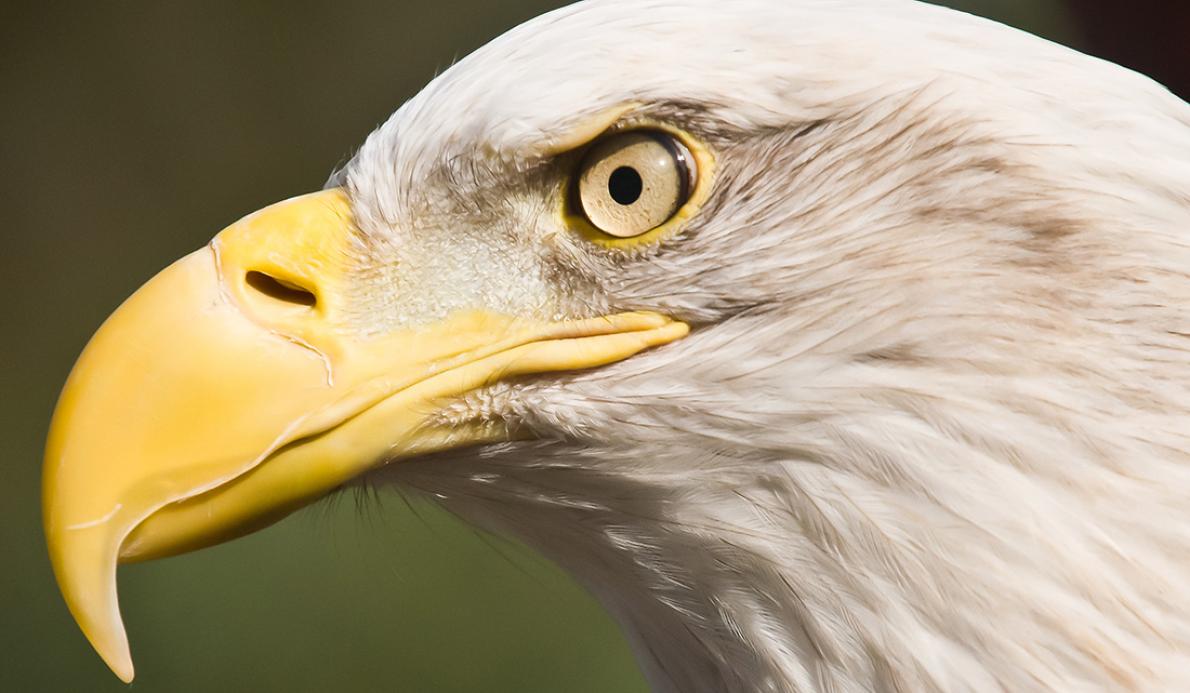
In the late 1960s, a species of bamboo called Phyllostachys bambusoides–commonly known as the Chinese Mainland Bamboo or Japanese Timber Bamboo–burst into flower. The species originated in China, was introduced to Japan, and later into the United States and other countries. And when I say it flowered, I mean it flowered everywhere. Forests of the plant burst into bloom in synchrony, despite being separated by thousands of miles. If, like me, you missed it, you will probably not live to see it happen again. The flowers released pollen into the wind, and the fertilized plants then produced seeds that fell to the ground. The magnificent bamboo plants, which can grow 72 feet tall, then all promptly died. Their seeds later sprouted and sent up new plants. The new generation is now close to fifty years old and has yet to grow a single flower. They won’t flower till about 2090.
